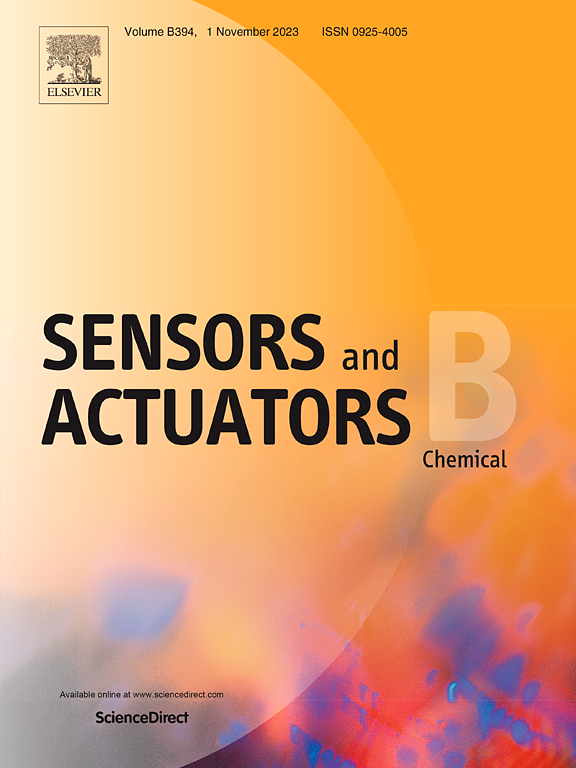Recognition and quantification of different VOCs by using impedance-spectroscopy-based gas sensors
IF 8
1区 化学
Q1 CHEMISTRY, ANALYTICAL
引用次数: 0
Abstract
Pristine SnO2 and WO3 nanostructures decorated with gold and palladium were fabricated to detect volatile organic compounds (VOCs), including acetone, benzene, ethanol, formaldehyde, toluene, and xylene, under dry and humid conditions. Direct and alternating current signals were collected, and multilayer perceptron (MLP), convolutional neural network (CNN), and long short-term memory (LSTM) models were employed to differentiate among the VOCs. The transient variations in resistance was used as a fingerprint to identify VOCs. Normalized resistance signals were used as inputs to train the neural-network-based models to circumvent feature extraction and response calculation. The real and imaginary contributions of AC impedance was analyzed to determine the sensing properties. The relaxation behaviour of SnO2 and WO3 facilitated calculation of tunable responses for different frequencies. Different technique was used to compare multiple instantaneous values at different frequencies to quantify the responses. The methods were validated using different sensors and VOCs in dry and humid atmospheres. Impedance spectra from different sensors in various VOC atmospheres were converted to pixelated images and CNN and LSTM models were adopted to discriminate different VOCs. A discrimination efficiency of 100% was achieved in cross-validated training and testing procedures for all collected data.

基于阻抗光谱的气体传感器对不同VOCs的识别和量化
用金和钯修饰的SnO2和WO3纳米结构在干燥和潮湿条件下检测挥发性有机化合物(VOCs),包括丙酮、苯、乙醇、甲醛、甲苯和二甲苯。收集直流和交流信号,采用多层感知机(MLP)、卷积神经网络(CNN)和长短期记忆(LSTM)模型对VOCs进行区分。电阻的瞬态变化被用作识别挥发性有机化合物的指纹。采用归一化电阻信号作为输入,训练基于神经网络的模型,以避免特征提取和响应计算。通过分析交流阻抗的实值和虚值贡献来确定传感器的传感特性。SnO2和WO3的弛豫行为有助于计算不同频率下的可调响应。采用不同的技术比较不同频率下的多个瞬时Z″值来量化响应。使用不同的传感器和干燥和潮湿大气中的挥发性有机化合物对方法进行了验证。将不同传感器在不同VOC大气中的阻抗谱转换为像素化图像,采用CNN和LSTM模型对不同VOCs进行识别。在交叉验证的训练和测试程序中,对所有收集到的数据的识别效率达到100%。
本文章由计算机程序翻译,如有差异,请以英文原文为准。
求助全文
约1分钟内获得全文
求助全文
来源期刊

Sensors and Actuators B: Chemical
工程技术-电化学
CiteScore
14.60
自引率
11.90%
发文量
1776
审稿时长
3.2 months
期刊介绍:
Sensors & Actuators, B: Chemical is an international journal focused on the research and development of chemical transducers. It covers chemical sensors and biosensors, chemical actuators, and analytical microsystems. The journal is interdisciplinary, aiming to publish original works showcasing substantial advancements beyond the current state of the art in these fields, with practical applicability to solving meaningful analytical problems. Review articles are accepted by invitation from an Editor of the journal.
 求助内容:
求助内容: 应助结果提醒方式:
应助结果提醒方式:


